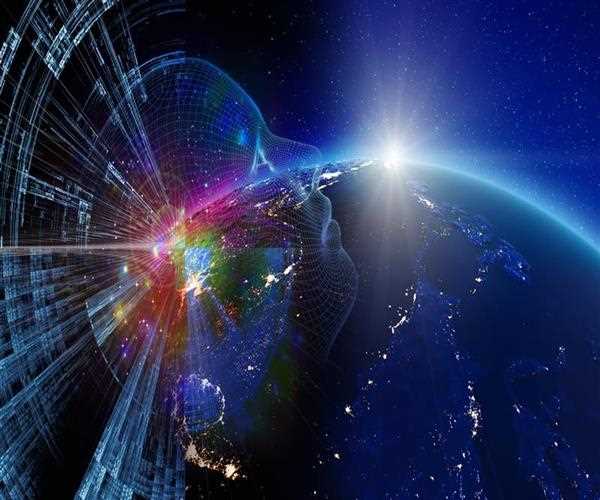Search here

02-Apr-2023
How AI Algorithm helps scientists to explore the universe with new eyes
Artificial intelligence (AI) algorithms have been used in a wide range of fields, from healthcare to finance to autonomous vehicles. However, one area where AI is making a significant impact is in the exploration of the universe. AI algorithms are helping scientists to analyze and interpret vast amounts of data, allowing them to make new discoveries and gain new insights into the mysteries of the cosmos.
In this article, we will explore how AI algorithms are helping scientists to explore the universe with new eyes, including the challenges they face, the opportunities AI provides, and some of the most exciting discoveries made possible by AI.
Challenges in exploring the universe
The universe is vast and complex, and exploring it requires a lot of time, resources, and expertise. Observations made by telescopes and other instruments generate enormous amounts of data that must be analyzed and interpreted. This process is often time-consuming, requiring scientists to sift through large amounts of data to identify patterns and anomalies.
Furthermore, the universe is constantly changing, with new phenomena and events occurring all the time. Scientists must stay up-to-date with the latest developments in the field, and they must be able to quickly analyze and interpret new data as it becomes available.
Finally, many of the phenomena that scientists are trying to study are difficult to observe directly. For example, black holes are invisible to telescopes because they do not emit light. Instead, scientists must rely on indirect observations, such as the effect that a black hole has on nearby stars or gas.
Opportunities provided by AI
AI algorithms are helping scientists to overcome some of the challenges associated with exploring the universe. By analyzing vast amounts of data quickly and accurately, AI can help scientists to identify patterns and anomalies that might otherwise be missed. This can lead to new discoveries and insights into the universe.
One of the key advantages of AI is its ability to learn from data. This means that as more data is collected and analyzed, the AI algorithms can become more accurate and sophisticated. This can help scientists to refine their models of the universe and make more accurate predictions about the behavior of celestial objects and phenomena.
AI algorithms can also help scientists to analyze and interpret data in new ways. For example, AI can be used to identify subtle changes in the light emitted by distant stars, which can provide clues about the nature of these stars and their surroundings. AI can also be used to analyze the spectra of light emitted by objects in the universe, which can reveal information about their composition and physical properties.
Exciting discoveries made possible by AI
AI algorithms have already led to some exciting discoveries in the field of astronomy. One example is the discovery of new exoplanets, or planets outside of our solar system. NASA's Kepler space telescope, which operated from 2009 to 2018, identified over 2,600 exoplanets using a combination of data analysis techniques and machine learning algorithms.
Another example is the discovery of fast radio bursts (FRBs), which are brief, intense bursts of radio waves from distant galaxies. FRBs were first discovered in 2007, but their origin and nature remained a mystery for many years. In 2020, a team of scientists used a machine learning algorithm to identify 110 new FRBs, which has helped to shed new light on these enigmatic phenomena.
AI algorithms have also been used to study the structure and evolution of galaxies. In 2019, a team of researchers used a machine learning algorithm to identify over 2,000 previously unknown gravitational lenses, which are massive objects that bend and distort the light from more distant objects. These lenses can provide clues about the distribution of dark matter in galaxies, which is one of the most elusive mysteries in astrophysics.

SEO and Content Writer
I am Drishan vig. I used to write blogs, articles, and stories in a way that entices the audience. I assure you that consistency, style, and tone must be met while writing the content. Working with the clients like bfc, varthana, ITC hotels, indusind, mumpa, mollydolly etc. has made me realized that writing content is not enough but doing seo is the first thing for it.
Join Our Newsletter
Subscribe to our newsletter to receive emails about new views posts, releases and updates.
Copyright 2010 - 2025 MindStick Software Pvt. Ltd. All Rights Reserved Privacy Policy | Terms & Conditions | Cookie Policy